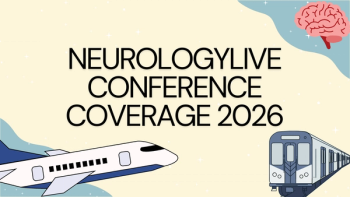
Underutilization of Preventive Migraine Treatments: Stephanie J. Nahas, MD

The associate professor and director of the Headache Medicine Fellowship Program at Thomas Jefferson University discussed the barriers to the use of preventive medicines.
"Most of society sees [migraine] as a nuisance—even something that’s the fault of the person who has it. There’s a lot that goes on with the thinking and conceptualization on both the patient and provider side. That’s the foundation we’re left with.”
In an effort to characterize preventive treatment gaps in migraine, Stephanie J. Nahas, MD, and colleagues conducted the Chronic Migraine Epidemiology and Outcomes (CaMEO) study and presented their data at the
Among those who discontinued prevention with 4 or more MHDs, factors contributing to discontinuation included concerns regarding safety and tolerability in 44.6% of patients and insufficient efficacy in 34.8% of patients. Nahas, associate professor and director of the Headache Fellowship Program at
In an interview with NeurologyLive, Nahas detailed the reasons for the underutilization of preventive migraine treatments among this patient population, while stressing the stigmas from society that push patients away from seeking the medication attention they need.
REFERENCE
Nahas SJ, Buse DC, Hutchinson S, et al. Characterizing preventive treatment gaps in migraine: results from the CaMEO study. Presented at 2021 American Academy of Neurology Annual Meeting; April 17-22. Abstract P10.049
Newsletter
Keep your finger on the pulse of neurology—subscribe to NeurologyLive for expert interviews, new data, and breakthrough treatment updates.




























